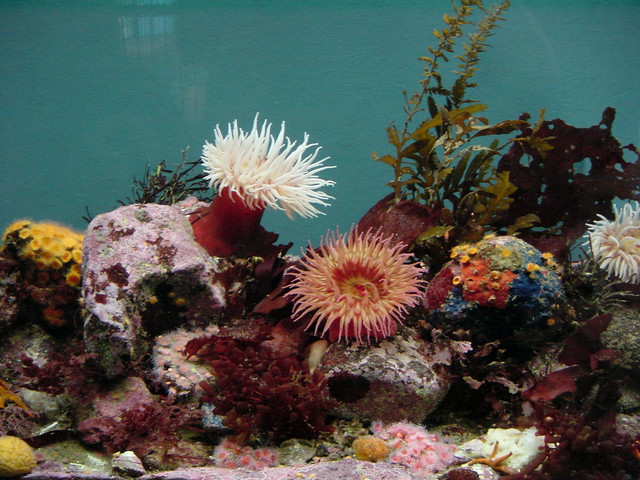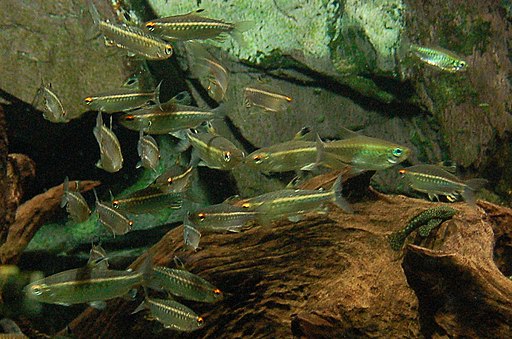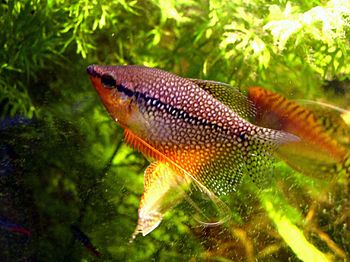Put a Shark in your Aquarium!
Bala Sharks can be a great addition to any fish tank. It’s fun to boast among your friends that you have a shark swimming around in your aquarium at home. Instantly they assume you have a ginormous shark. Let’s put it this way – you can have a lot of fun talking about your Bala Shark
 |
| "Balantiocheilos melanopterus" by I, Lerdsuwa. Licensed under CC BY-SA 3.0 via Wikimedia Commons |
Bala’s are in the tropical semi-aggressive community and grow from 4″ to 17″ or more. Bala Shark is versatile in the fish tank, they don’t hesitate to explore all levels in the water. You can find the Bala’s shooting from top to bottom. Bala’s are great for a community aquarium as they are non-aggressive. The funny thing about Bala’s as they belong to the minnow family! Their dorsal is what gives them the shark identity. Bala sharks like to hop out of the water so if you don’t have the hood closed on your fish tank your Bala Shark may jump out and flop around on the floor. A secure tight cover is number 1 with Bala’s.
Bala Sharks are omnivores so they can chow down on some meat or plants. Prepared foods such as vegetables and live foods like worms suit the fish well for its diet. You can feed Bala Sharks fish flakes, frozen foods, live foods from tubifex worms to daphnia. They even gorge down mosquito larvae, worms, and brine shrimp. Remember to balance your Bala’s diet by tossing in some veggies.
For some reason fish like zucchini. It’s the universal veggie, but peas and romaine lettuce will work too. Feed what the shark will eat up to 3 minutes and alternate between meat and vegetation to keep your Bala’s diet in sync.
For some reason fish like zucchini. It’s the universal veggie, but peas and romaine lettuce will work too. Feed what the shark will eat up to 3 minutes and alternate between meat and vegetation to keep your Bala’s diet in sync.
Tip Place your fish tank in a low traffic area away from exposing sunlight and AC/Heat vents to keep your tanks water temperature controlled. Other Bala Sharks include the Red-Tailed Bala (Aggressive fish), Red Spotted, Roselin, Silver-tip, Rainbow, and Variegated.





